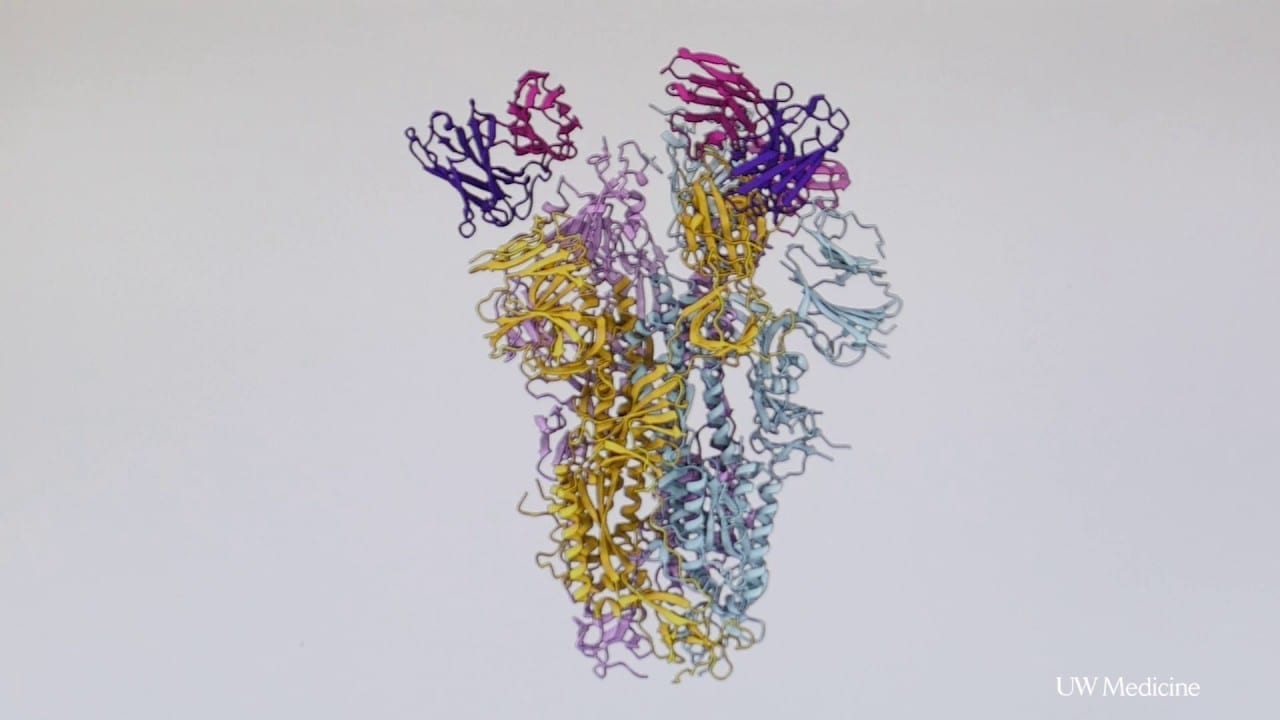The desired structure is erected in a single work session
The growing popularity of 3D printers, such as the Printbot or MakerBot‘s Thing-o-Matic, testify to the fact that additive manufacturing is slowly entering the mainstream. The devices are now small enough to fit on a desk and they can make all sorts of stuff, such as toys, chess figures, or spare door knobs. But what if you want to make something slightly bigger – say, a house? Then you need to turn to Enrico Dini, the founder of Monolite UK and the inventor of the D-Shape “robotic building system.”
The D-Shape is potentially capable of printing a two story building – complete with stairs, partition walls, columns, domes, and piping cavities – using only ordinary sand and an inorganic binder. The resulting material is said to be indistinguishable from marble, and exhibits the same physical properties, with durability highly superior to that of masonry and reinforced concrete.
The building process is very close to what we’d expect of a huge 3D printer. A nozzle moves along a pre-programmed path, extruding a liquid adhesive compound on a bed of sand with a solid catalyst mixed in. The binding agent reacts with the catalyst, and the solidifying process begins. Meanwhile, the remaining sand serves to support the structure. Then, another layer of sand is added and the whole process is repeated. Since it’s computer assisted, no specialist knowledge is required to use the printer. All that’s needed is a CAD design file.
The desired structure is erected in a single work session, starting from the bottom up. The solidification process takes 24 hours to complete, but subsequent layers, 5-10 mm in thickness, may be added without delay. The annual output of the current model of D-Shape is estimated at 2,500 square meters (26,910 sq ft), which is equal to 12 two-story buildings. Reportedly, the building process takes a quarter of the time required to build an equivalent structure with traditional means.
Read more . . .
Bookmark this page for “additive manufacturing” and check back regularly as these articles update on a very frequent basis. The view is set to “news”. Try clicking on “video” and “2” for more articles.









